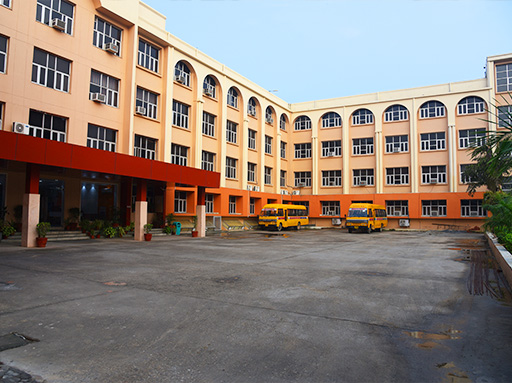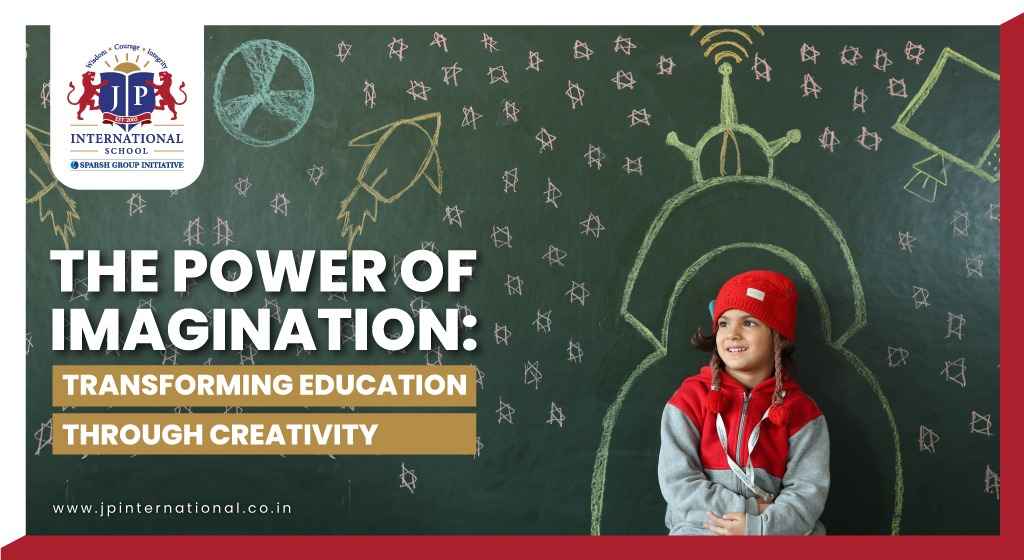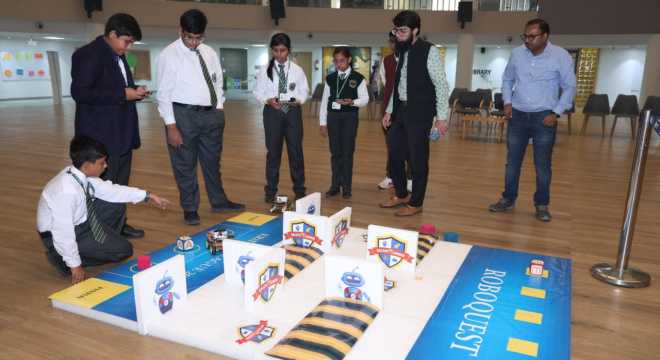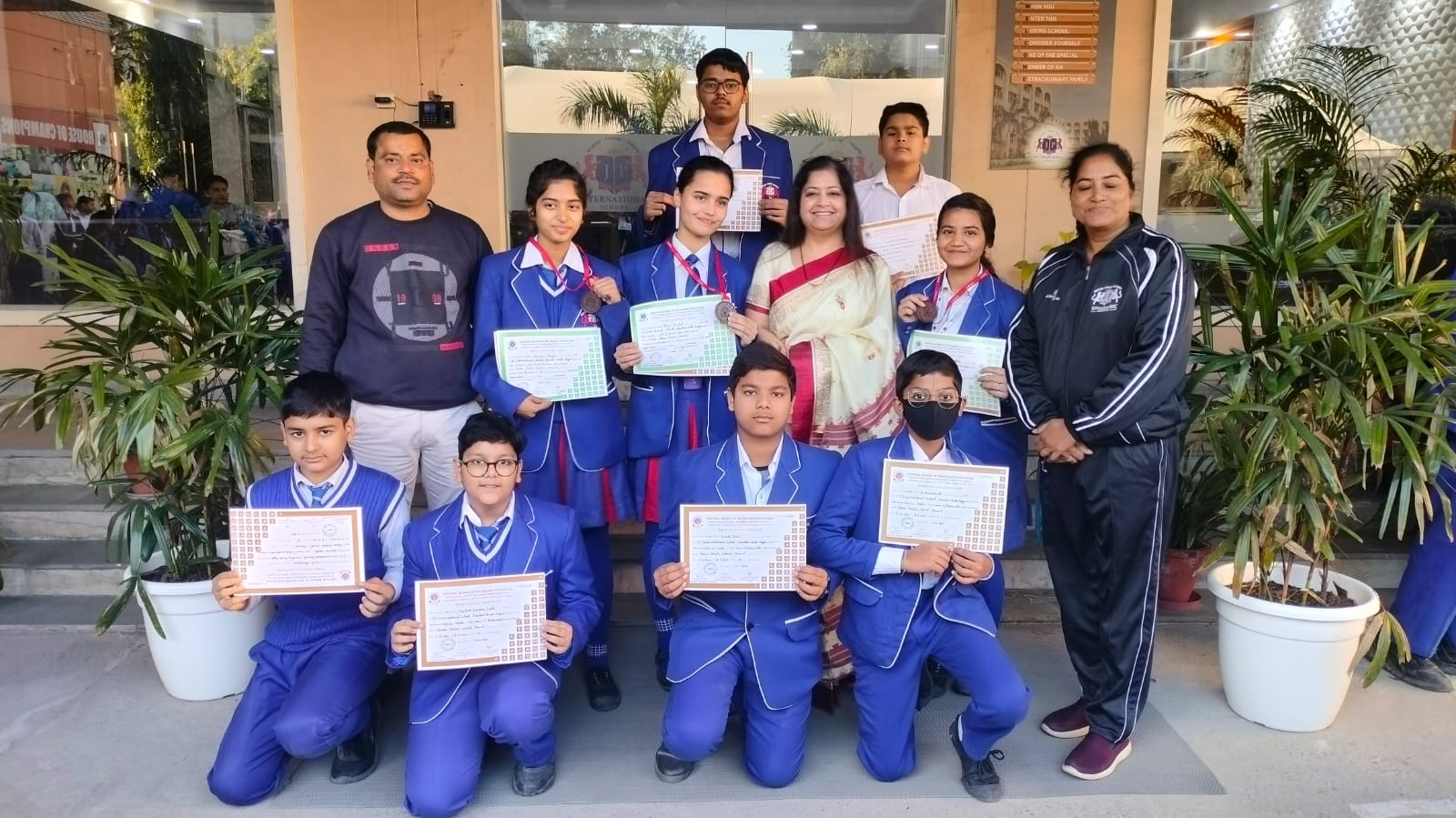

T:+91 7669-933-404
Email: [email protected]
Plot 3A, Sector Omega 1, Near Pari Chowk, Greater Noida, GB Nagar, Pin Code 201308


T:+91 7669-933-404
Email: [email protected]
Plot 3A, Sector Omega 1, Near Pari Chowk, Greater Noida, GB Nagar, Pin Code 201308

In the present day, rather volatile context of the job market globally, the ability to be inventive and to imagine and create new opportunities is more valuable than ever before. Even when memorisation and rote learning exist in the most conventional curricula, the need to foster creativity in the class is the next big thing that is emerging. Creativity therefore is not a mere flight of the heart or mind that exists in a different realm from the real world; it is a power tool that can transform education and produce students who are innovative thinkers, problem solvers and lifelong learners.

The essence of innovation is imagination. Students can therefore think out of the box and come up with solutions to problems that are unique. Challenging students’ creativity helps them imagine new ways of approaching a task and come up with new solutions. This is important, especially in today’s societies where future careers demand new skills and abilities. Thus, schools may teach children how to prepare for an unpredictable future by fostering innovativeness.
For instance, a science lesson may present the student with a scenario that requires the student to design a sustainable city. Through this activity, students will be exposed to the concepts covered in urban planning and environmental science, as well as the need to wrap their heads around real-life issues. These creative activities make learning real and fun since students are able to relate what they are being taught with what is out there in society.
It is desired that both problem-solving and creativity complement each other. When students are directed to unlock their creativity, they can think outside the box and come up with other possibilities. In a world where problems often are complex and contain multiple factors, this is a valuable skill. Organising creative activities for children makes them develop creativity and come up with out-of-the-box solutions.
There are several ways in which the curriculum can encourage creativity. For example, in a history class, students are introduced to enacting historical characters through writing diaries or letters. This improves their historical understanding and allows the students to express their ideas uniquely. In this way, creative activity with content may help students to develop a deeper and broader concept of the subject.
The development of emotional intelligence is also heavily dependent on the use of one's imagination. Through role-playing or storytelling, children can delve into many viewpoints and feelings. As a result, they can hone their emotional intelligence skills, which include empathy and understanding. Students develop social awareness by envisioning themselves in different situations or as different people.
Teachers can use activities like role-playing, theatre and creative writing in the classroom to promote this. They can invite students to write a narrative or perform a skit from the perspective of a person from a foreign culture. Participation in such pursuits fosters not just intellectual, but also emotional and social development.
Schools need to foster an atmosphere that values creativity if they want students to harness the power of imagination. Standardised testing and restrictive curriculum must give way to a flexible, student-centred approach to learning. Teachers play a significant role in this transformation. Teachers may foster classroom creativity by modelling innovative thinking and letting students experiment.
Schools can also give students the chance to express themselves creatively through the arts, music, theatre and design, all of which are essential components of a well-rounded educational philosophy. These courses should not be considered electives. Schools may teach 21st-century skills by recognising and developing creativity.
Imagination has immense power in the classroom. At JP International School, it's the catalyst for new ideas, the engine that propels innovation and the secret ingredient to producing balanced, emotionally aware students. JP International School, a top 10 school in Greater Noida, revolutionises teaching by encouraging students to think creatively and imaginatively in the classroom. This empowers them to confidently face future difficulties. Schools are encouraging imagination to create a brighter, more inventive world.
Students' ability to think creatively and imaginatively about problems and their potential solutions is a key ingredient in the innovation formula. Innovative solutions are the way forward and the key to success in today’s dynamic world.
- JP International School29 March 2025
Technology allows students' everyday journey, be it in academics or outside of academics, to be t...
22 March 2025
STEM education prepares students for healthcare careers by combining biology, chemistry and physi...
15 March 2025
By embracing innovative EdTech solutions while preserving valuable aspects of traditional educati...
8 March 2025
This journey becomes more enriched when parents too take an active lead in their children’s aca...
28 February 2025
These are essential 21st century skills which students must be trained in to succeed in a world w...
 28 November 2024
28 November 2024
.jpg) 27 November 2024
27 November 2024
 8 December 2022
8 December 2022
